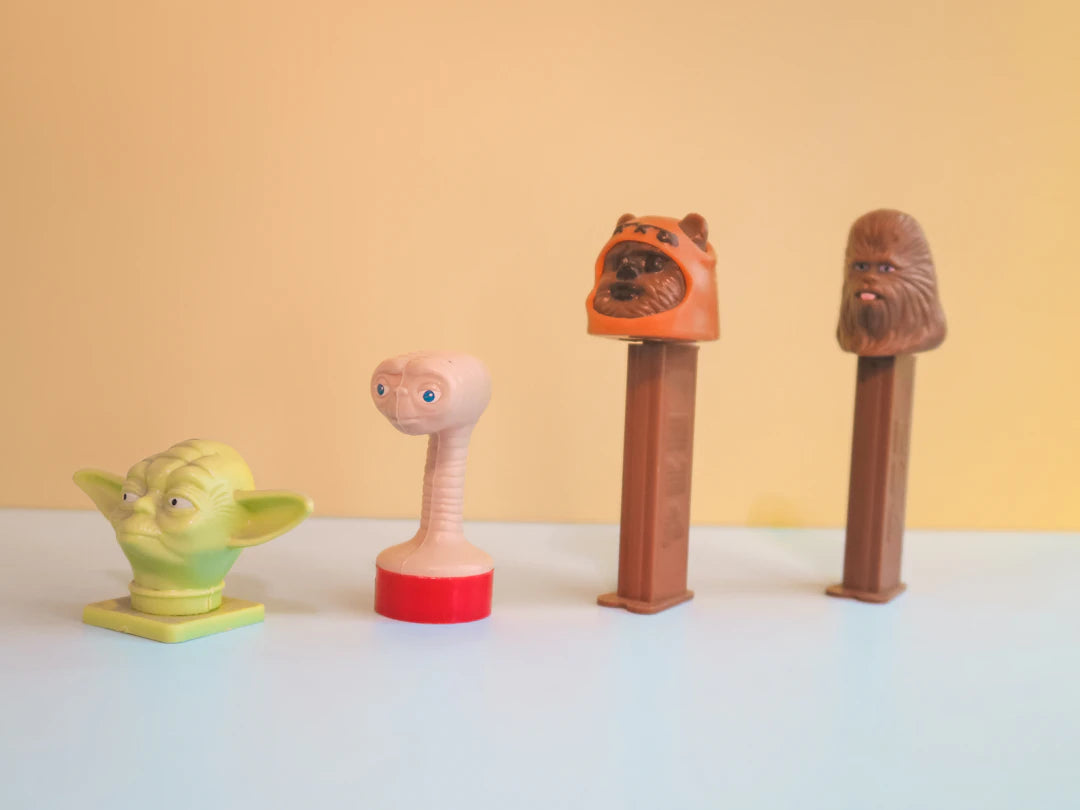(Válido por una vez)

Embracing Diversity with Culturally-Inclusive Educative Toys
Frequently Asked Questions
1. What are culturally-inclusive educative toys?
2. Why is diversity important in childhood education?
3. How can parents choose culturally-inclusive educative toys?
4. What are the benefits of using culturally-inclusive toys in playtime?
5. How can parents effectively integrate these toys into their child's playtime?
As the world becomes increasingly interconnected, the importance of embracing diversity in all aspects of life cannot be overstated. One of the most impactful areas where this can be nurtured is in childhood education. Culturally-inclusive educative toys offer children the opportunity to explore and understand different cultures, perspectives, and experiences. By integrating these toys into playtime, we not only provide entertainment but also enhance the formative years of our younger generation.
Understanding the Need for Diversity in Play
Play is a fundamental part of childhood, serving as a powerful tool for learning and development. It allows children to experiment with new ideas, develop social skills, and engage with the world around them. However, when the toys they play with reflect a narrow or stereotypical view of the world, it can lead to a limited understanding of diversity. Educators and parents alike increasingly recognise that the playtime experience should broaden children's horizons.
Benefits of Culturally-Inclusive Educative Toys
Culturally-inclusive educative toys offer numerous benefits that can foster diversity and inclusivity in childhood learning. Here are some of the significant advantages:
- Promotes Empathy and Understanding: By introducing children to different cultures through play, they learn to appreciate and understand perspectives that differ from their own.
- Encourages Critical Thinking: Culturally-inclusive toys often challenge children to think critically about their own beliefs and assumptions, fostering a more rounded worldview.
- Builds Cultural Awareness: These toys can introduce children to customs, languages, and traditions from around the globe, actively challenging stereotypes and biases.
- Enhances Creativity: By engaging with diverse cultures, children can explore different narratives and ideas, enhancing their creativity in storytelling and play.
- Fosters Inclusive Social Interactions: Children who engage with diverse narratives are often more accepting of differences, improving their social skills and interaction with peers.
How to Choose Culturally-Inclusive Educative Toys
When selecting educative toys that celebrate diversity, it’s essential to think critically about the choices available. Here are some guiding principles to ensure that the toys you choose are genuinely inclusive:
1. Representation Matters
Look for toys that represent a variety of cultures, ethnicities, and backgrounds. Dolls, action figures, and play sets that portray individuals from different races and cultural narratives promote a sense of belonging and visibility.
2. Authenticity Over Stereotype
Ensure that the toys you choose reflect authentic cultural representations rather than clichés or stereotypes. Authenticity fosters respect and understanding, whereas stereotypes can perpetuate harmful misconceptions.
3. Educational Value
Opt for toys that not only entertain but also educate. Toys that come with books, cultural stories, or facts about different countries can enrich a child’s understanding of the world.
Incorporating Culturally-Inclusive Educative Toys Into Your Child's Playtime
Once you have selected suitable educative toys, it's crucial to know how to integrate them effectively into your child’s playtime. Here are practical tips for making the most of these toys:
1. Create a Diverse Play Environment
Set up a play area that encourages exploration of different cultures. Include a mixture of toys from various countries, books about traditions, and music that reflects global diversity.
2. Engage in Role-Playing
Encourage your child to use the educative toys in role-playing scenarios that reflect different cultural settings and stories. This can help them develop empathy by putting themselves in someone else's shoes.
3. Discuss Cultural Context
Use playtime as an opportunity to educate your child about the cultures represented by the toys. Share interesting facts, stories, and experiences that enrich their understanding and appreciation.
The Role of Parents and Educators in Fostering Diversity
As guardians and educators, our role in fostering an inclusive environment is imperative. Here's how you can lead by example when introducing culturally-inclusive educative toys:
1. Be an Active Participant
Participate in your child's playtime! Discuss the stories, characters, and cultures of the toys they are playing with. This engagement will enhance their learning experience and provide context.
2. Lead Cultural Activities
Engage in cultural days or themed activities that align with the educative toys. Celebrate food, music, stories, and traditions associated with the various cultures represented in the toys.
3. Encourage Open Conversations
Foster a safe space for your child to ask questions and express their thoughts. This open dialogue can help them articulate their understanding of the concepts of diversity and inclusion.
Real-Life Stories and Testimonials
There are countless examples of how culturally-inclusive educative toys have transformed children's perspectives and fostered understanding. Here are some real-life illustrations of their positive impact:
Inspiring Change at Home
Many parents have shared how introducing diverse toys led to enlightening conversations with their children. For instance, one parent recounted how their child, after playing with a doll from a different culture, expressed curiosity about their traditions, leading to a meaningful family discussion about acceptance and inclusion.
Classroom Transformation
Educators have witnessed remarkable transformations in classroom dynamics after integrating diverse educative toys. Teachers report that students become more collaborative and understanding, leading to a more harmonious learning environment.
Final Thoughts on Nurturing Inclusivity through Play
In today’s world, promoting diversity and inclusivity is essential for fostering understanding and acceptance. Culturally-inclusive educative toys are a brilliant way to ignite curiosity and comprehension in young minds. As parents, educators, and community leaders, we have the unprecedented opportunity to shape the future generation through thoughtful play. By investing in educative toys that encourage exploration and understanding, we are not only enriching children's lives; we are also making strides toward a more inclusive society. Let's embrace this journey together, championing diversity and nurturing the potential of every child.

Deja un comentario